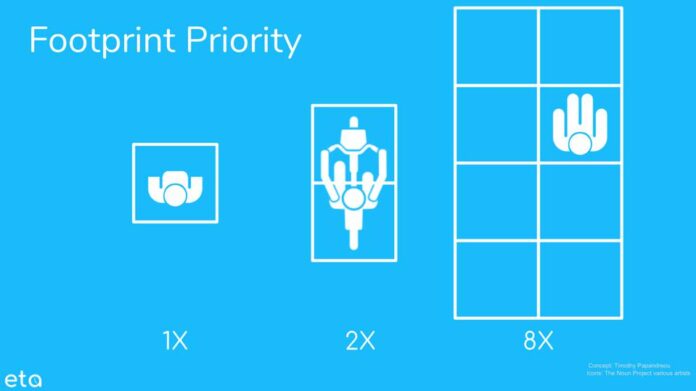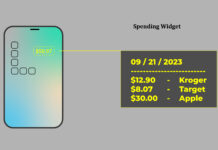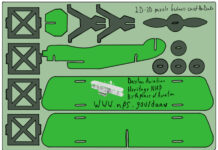By Timothy Papandreou
The COVID-19 crisis response abruptly upended our daily working, learning and social patterns and the typical mobility options we use to get there and back. We started with the trigger event shutting everything down. We immediately moved to the triage phase where mobility was either stripped back to its core services or shut completely. Only essential workers ventured to work and back, everyone else was shut-in and had to work from home, or were shut-out and didn’t work at all.
We have some inconvenient truths about how we currently participate in a set of siloed mobility services on a fragmented winners-and-losers transportation system. The COVID-19 crisis is amplifying the reality that the “old mobility normal” was already in a financially, environmentally and socially downward spiral; blocking people by race, class or physical abilities from accessing opportunities, dragging down local economies with congestion, over-spending on roads and parking, while drivers were injuring and killing too many people with collisions and air pollution. Simply put our mobility system was broken before and is falling apart now.
The three core mobility business models
We basically have three mobility business models. They are “Own”, “Ride” and “Rent”:
- Own: Personally owned and operated. Think cars, SUVs, trucks, vans but also bikes, motorbikes, mopeds, kickscooters and skateboards and your own two feet. You buy and own it, you drive/operate it and you maintain it. It gives most people what they want- personal autonomy, security and mobility on their terms.
- Ride: You’re the passenger and you pay them to take you. Think public transport like buses, minibuses, trains, trams, ferries, gondolas and minivans. They’re scheduled services where you go to a station/stop or pick up point and wait until it comes and they drop you off to another station/stop/drop-off point. They’re also like rickshaws, taxis and their recently tech enabled and oddly named “transportation network companies” or TNCs like Uber, Ola, Grab, Didi etc. You summon the service when you’re ready, they come pick you up and take you where you want to go door-to-door.
- Rent: Shared Fleet services. These are on-demand and like the “own” business model except you don’t own it, you use it only when you need to and pay a fee for using it. The fleet owner takes care of everything else like insurance, charging/fueling, repositioning, parking etc. The fleets include cars, trucks, vans, bicycles (and all its forms), kickscooters, mopeds and whatever else gets launched in a fleet.
Papandreou, Timothy. “Transportation Business Models Are Broken. It’s Time To Fix Them.” Forbes, Forbes Magazine, 20 May 2020. www.forbes.com/sites/timothypapandreou/2020/05/20/transportation-business-models-are-broken-its-time-to-fix-them/
Analysis–
This was my favorite article in the business section because it addresses the different type of transportation business models, talked about the flaws in each of them, and presented a direction for the solution. Thought this excerpt only captures the business models, I think it is worth reading the entire article.
Owning your own vehicle is expensive along with more disadvantages. The rent and ride business models are more successful, but with all three implemented there are more mobility issues. There are subsidies and taxes that help the owning business model thrive above the other two. This is the main reason why transportation system is so broken. However, due to the pandemic, riding in your personal vehicle is safer, but simply riding a bicycle does the same job, but better. Riding a bicycle harms the environment less, creates fewer accidents and does not take up as much space on the streets. This is one of the solutions to prevent congestion in the streets and improve mobility. I think this is important to consider and opens up space for larger vehicles that are more shared, once these personal vehicles lessen.




